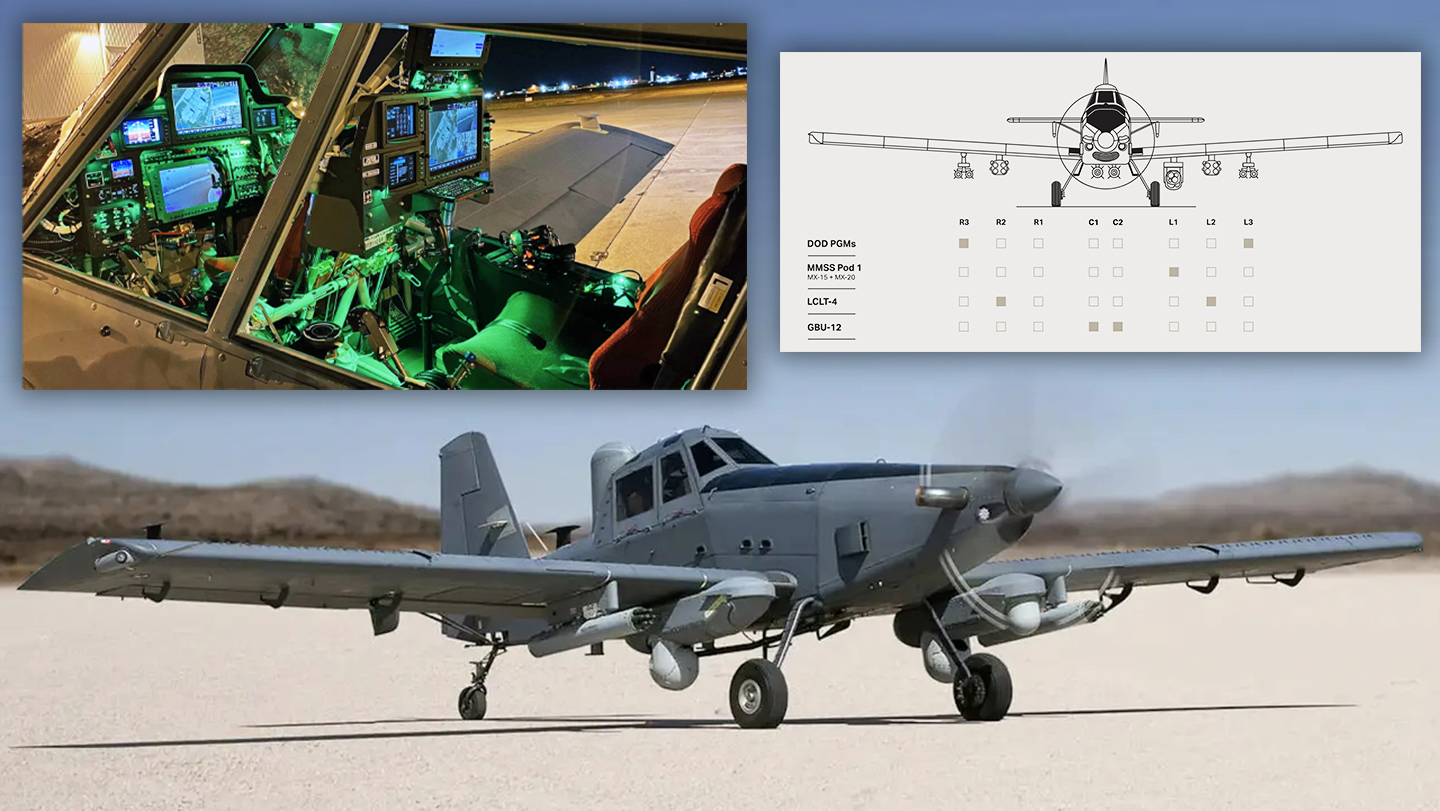The U.S. Special Operations Command will soon be flying a much-adapted crop duster for surveillance and strike missions, according to plans announced by the command yesterday. In a somewhat surprising move, SOCOM has awarded a contract to L3 Harris Technologies for the AT-802U Sky Warden, which is based on an agricultural taildragger aircraft, making it the winner of its long-running Armed Overwatch competition.
The indefinite-delivery (IDIQ) contract — a type of contract that provides for an undetermined quantity of supplies or services over a fixed period — has a cost ceiling of $3 billion and could include delivery of up to 75 AT-802U aircraft. The initial program contract award is valued at $170 million, according to L3 Harris, with six aircraft to be delivered to SOCOM under the initial low-rate production batch, known as Lot 1.
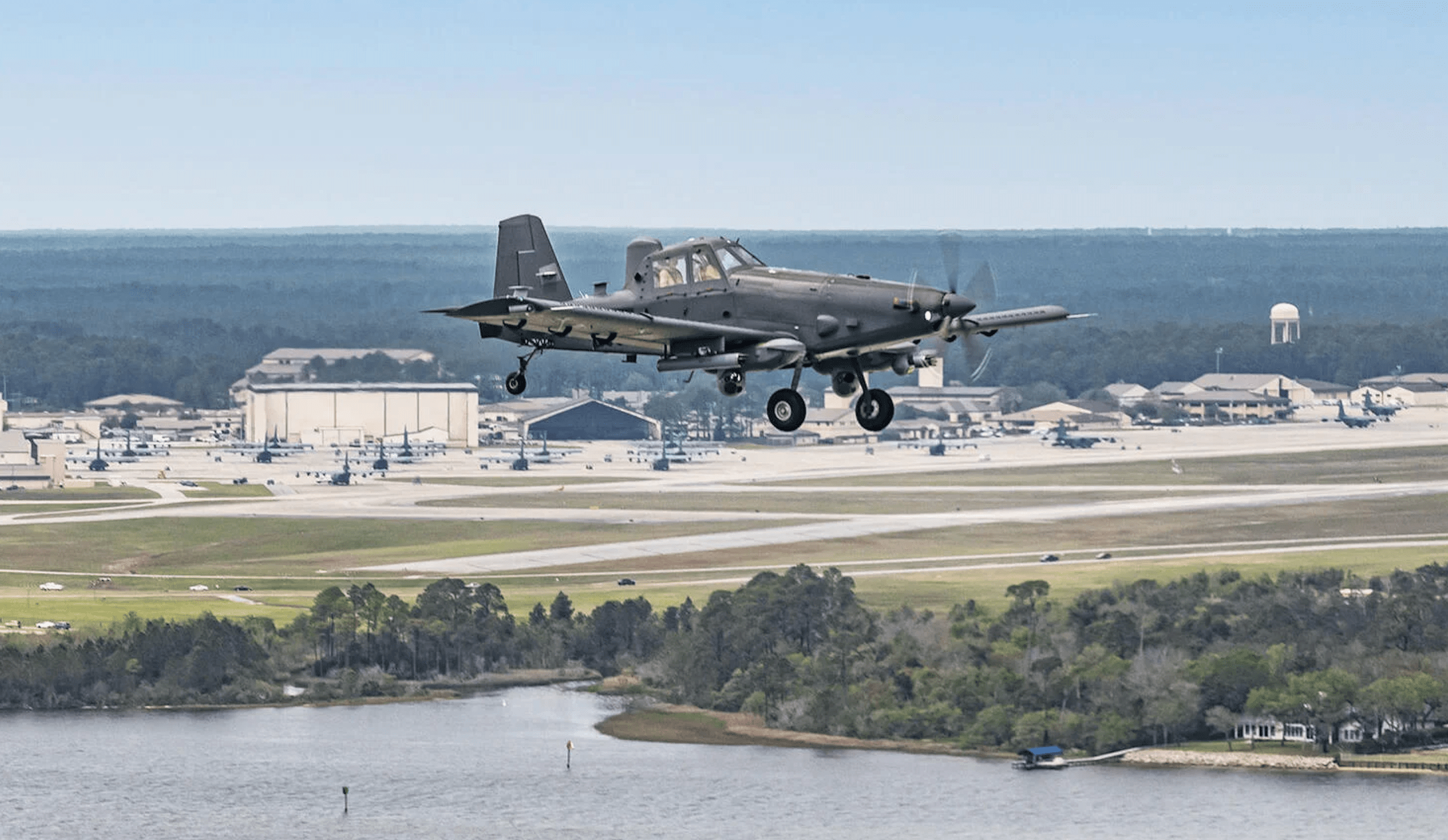
As well as the aircraft themselves, L3 Harris is to supply training systems, mission planning systems, support equipment, spares, and logistics support.
“Sky Warden will bring powerful and affordable close air support, precision strike, armed ISR [intelligence, surveillance, and reconnaissance], and command and control capabilities directly to special operations forces in the battlefield,” said Sean Stackley, President, Integrated Mission Systems, L3Harris, in a statement. “We are ready now to begin work on this modern, multi-mission system for the SOCOM Armed Overwatch program.”
Those first six Sky Wardens are scheduled to achieve initial operating capability in fiscal year 2026. Full operating capability should follow in 2029. Ultimately, it’s expected that there will be four squadrons of AT-802Us, each of 15 aircraft, with one squadron deployed at any given time while the other three are in a cycle of training, recovery, and maintenance. A fifth squadron may be provided exclusively for training.

Developed by L3 Harries in collaboration with Air Tractor, best known for agricultural and firefighting aircraft, the AT-802U was only unveiled in May 2021. It was one of five competing designs that were in the running for the Armed Overwatch program. The other contenders were the Leidos Inc. Bronco II, MAG Aerospace MC-208 Guardian, Sierra Nevada Corporation’s MC-145B Wily Coyote, and the Textron Aviation Defense AT-6E Wolverine.
For much of last year, prototypes of these aircraft were involved in flight demonstrations that were run out of Eglin Air Force Base, Florida, and which were expected to conclude in March this year. SOCOM awarded a total of $19.2 million to the five companies to fund those demonstrations.
The Armed Overwatch program aims to field a low-cost aircraft able to fly both ISR and light strike missions in austere environments. The chosen aircraft will replace the Air Force’s U-28 Draco fleet, based on the Pilatus PC-12 turboprop and which you can read more about here.
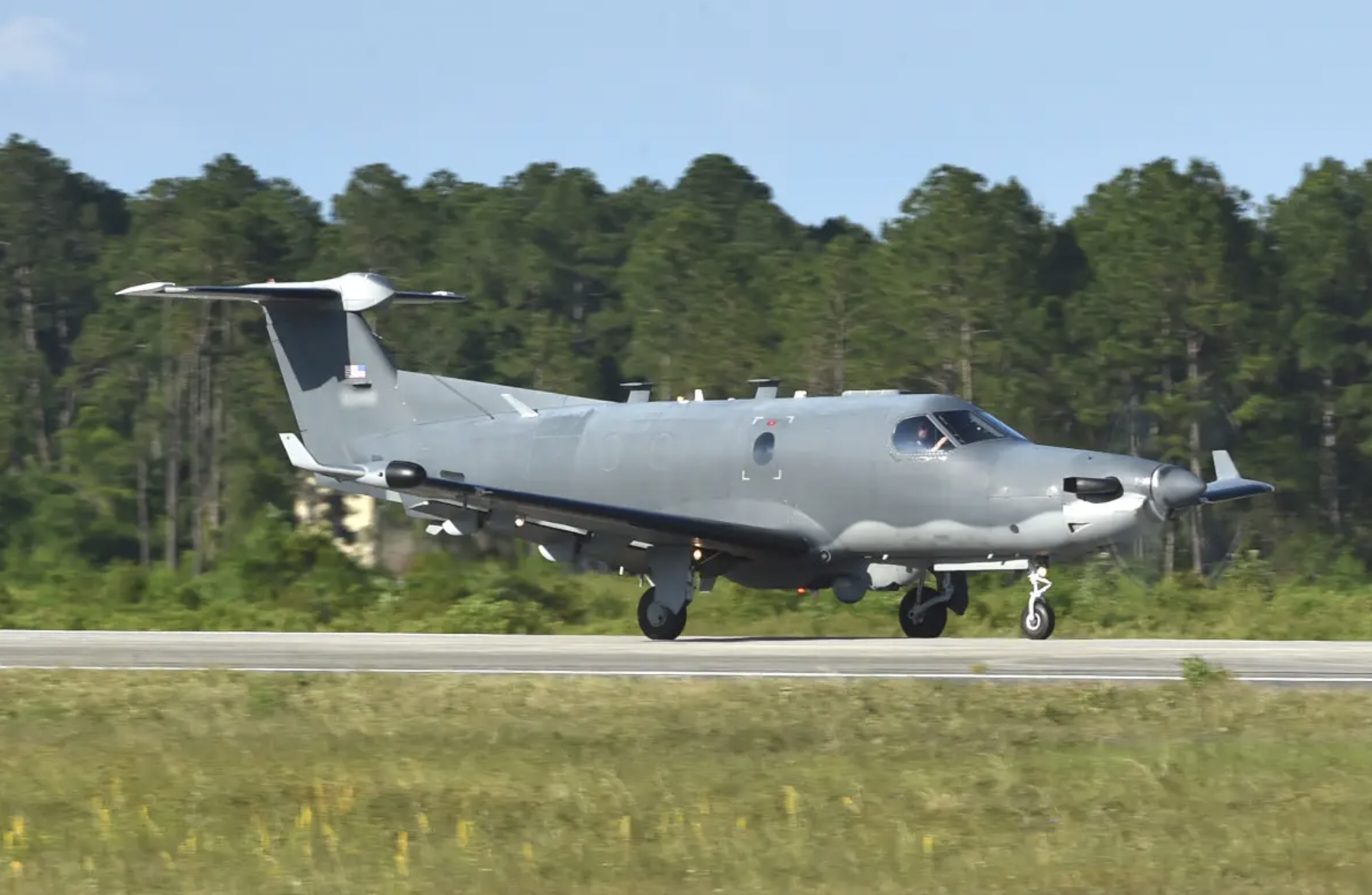
“Armed Overwatch answers a critical need for U.S. Special Operations Command to conduct a wide range of operations globally in support of the National Defense Strategy,” SOCOM Commander Gen. Richard D. Clarke said in a statement. “This rugged, sustainable platform will operate in permissive environments and austere conditions around the world to safeguard our Special Operations Forces on the ground.” Indeed, the crop duster roots of the AT-802U should make this aircraft, in particular, extremely useful in very small-footprint operations in extremely spartan locales with tiny rough runways. Furthermore, the fact that Air Tractors operate all around the world means supportability should be easy and reliable.
Prior to Armed Overwatch, SOCOM proved the basics of the concept in 2015, with a field test in Iraq using a pair of heavily modified OV-10G+ Broncos. This operational experiment demonstrated how a persistent and responsive manned armed overwatch aircraft can be of enormous benefit to special operations forces, and how a light strike and ISR aircraft can, in certain austere situations, substitute for combat jets or even drones. You can read more about these aircraft and their activities in these past War Zone pieces.
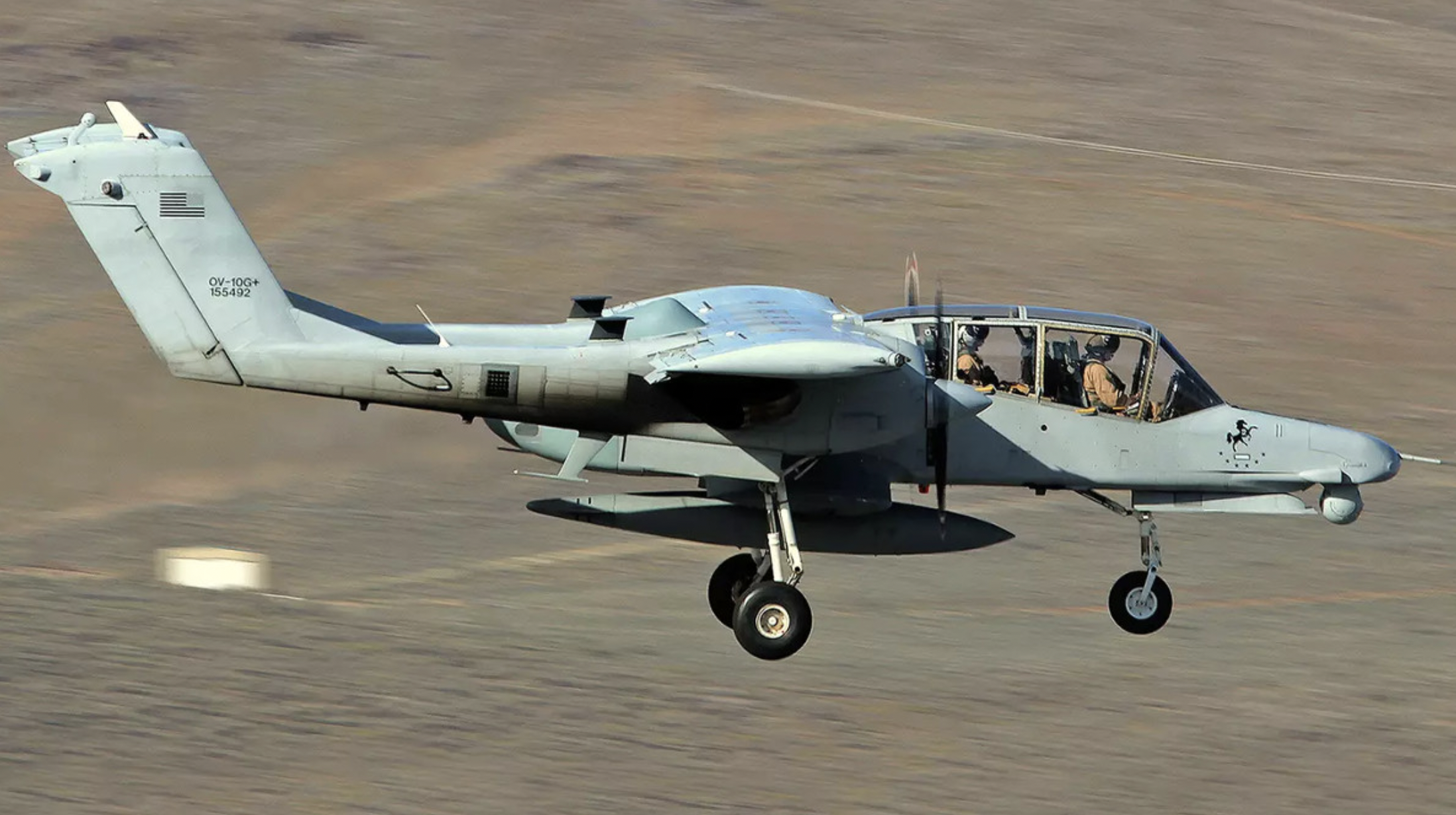
In keeping with the compressed timeline for the program, the successful AT-802U demonstrator will now be converted to the production configuration and will then be used by SOCOM for weapons trials. L3 Harris says that should take six months, allowing for low-rate production to start in 2023.
While the AT-802U airframes will be furnished by the Air Tractor facility in Olney, Texas, the aircraft will receive their mission equipment at the L3 Harris facility in Tulsa, Oklahoma.
SOCOM hopes that the Armed Overwatch program will provide an aircraft that’s more flexible and adaptable than those currently in use for similar missions. Testifying to Congress in April, Air Force Special Operations Command (AFSOC) boss Lt. Gen. James C. “Jim” Slife explained that the selected aircraft should obviate the need for “air stacks,” in which different special mission aircraft — such as the AC-130, A-10, MQ-9, and U-28 — are required to operate together to fulfill mission requirements.
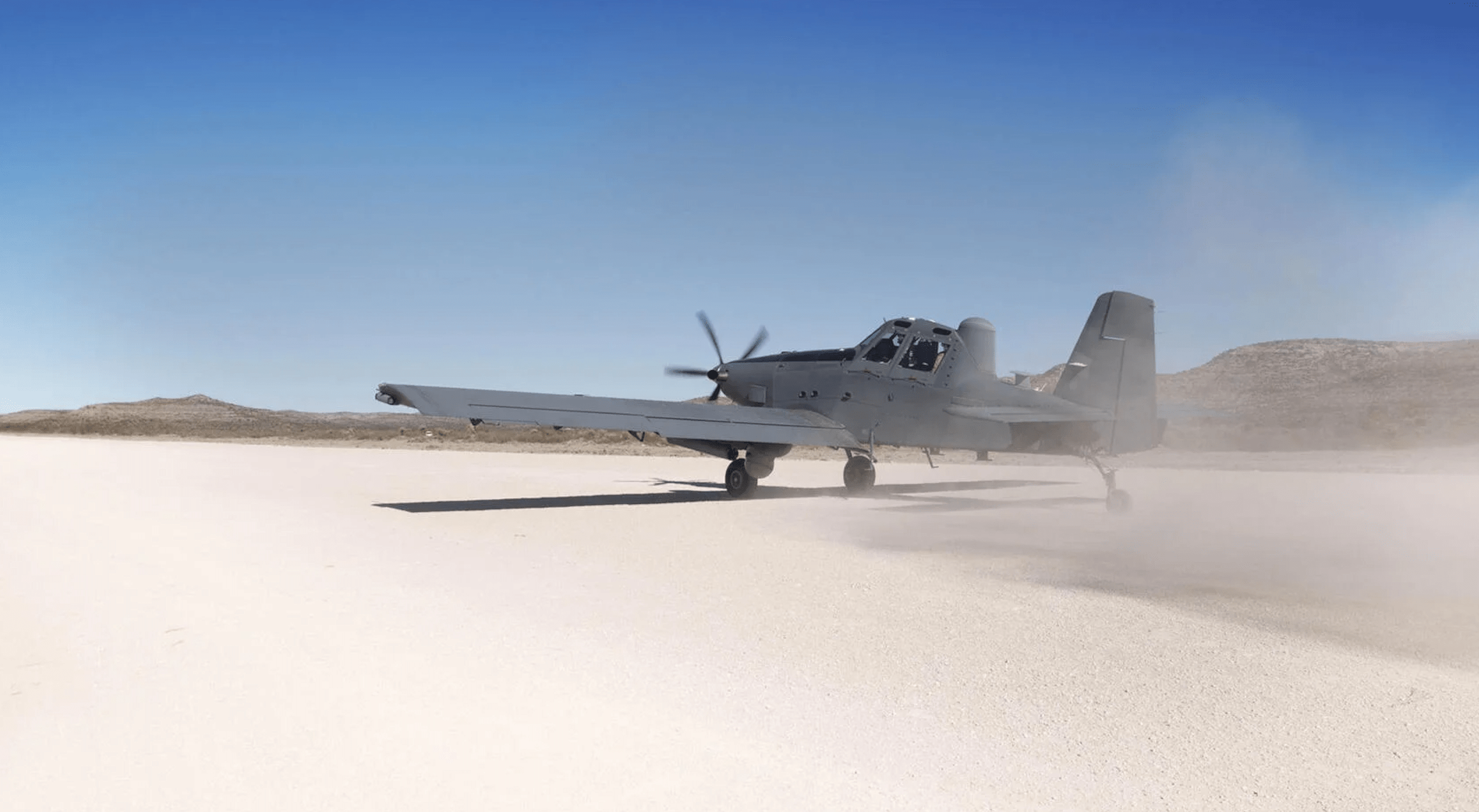
“The idea of the Armed Overwatch platform is [that] it’s a modular capability and so you can outfit the aircraft with a robust suite of sensors that will exceed what is available with most dedicated ISR platforms today,” Slife said. “Or you can outfit the platform with a robust suite of precision munitions. It really depends on the mission, and so clearly, the Armed Overwatch platform is not a panacea for every tactical situation that a ground force might find themselves in.”
Slife’s last point reinforces the fact that the AT-802U will only realistically be expected of flying in permissive airspace, of the kind that was encountered in Afghanistan and during missions against ISIS in the Middle East. The importance of these kinds of counterinsurgency missions may have been reduced since operations in those theaters began to wind down, but it remains a core part of SOCOM’s capabilities.
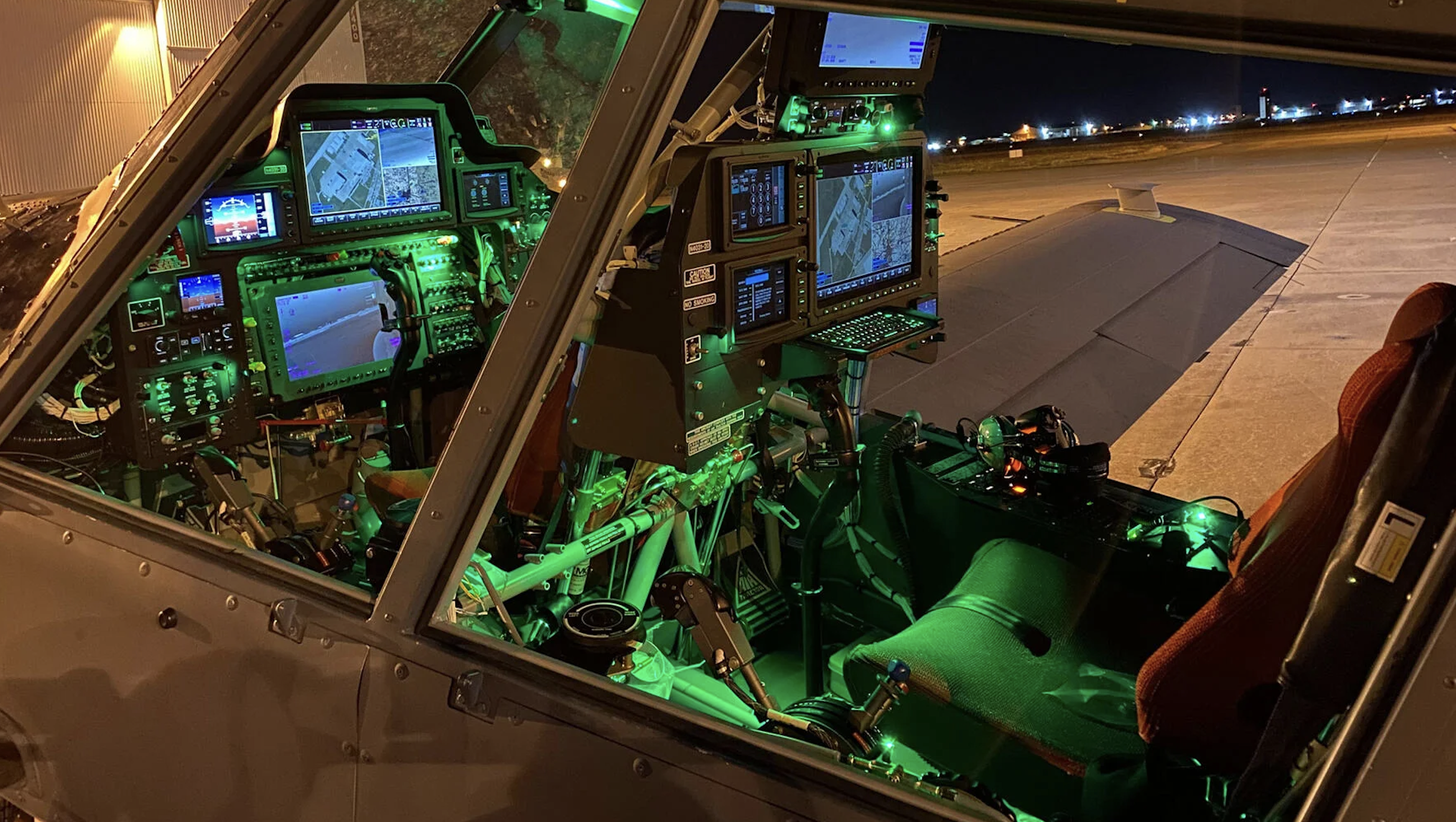
As to the selection of the AT-802U, SOCOM identified as key factors the aircraft’s ability to carry modular payloads, low operating costs, and suitability for operations from austere airstrips.
For their part, L3 Harris and Air Tractor claim that the AT-802U has the largest payload capacity of any single-engine turboprop aircraft. According to the manufacturer, the aircraft has a maximum gross weight of 16,000 pounds and a payload capacity of 8,000 pounds.
In its overview of the AT-802U on its website, L3 Harris outlines the following key capability points:
- Rugged and reliable — The Air Tractor 802U is designed and built for austere operations
- Effective and flexible — Combat-proven, multi-mission open systems architecture to “collapse the stack,” replacing multiple aircraft with a single aircraft
- Persistence and payload — 6-hour loiter at 200nm combat radius; 6,000lb flexible combat load-out
- Connected — Robust suite of radios and datalinks providing multiple means for line-of-sight (LOS) and beyond line-of-sight (BLOS) communications
- Situational awareness — Ability to host multiple electro-optical/infrared (EO/IR), ISR, and other sensors
- Affordable and sustainable — Low production and operating costs, backed by an established global sustainment network
- SOF heritage — Mature system built on more than 1.3 million hours of ISR and strike support and upgrades driven by mission operators
- Production-ready — Delivery in less than 12 months
The ability of the AT-802U to operate as a communications gateway shouldn’t be overlooked, with special forces operators on the ground being prime beneficiaries of BLOS communications, which would be ensured even when working in complex terrain.
As for the weapons and sensors that we can expect to see fitted on the AT-802U, L3 Harris and Air Tractor have so far released very few details. However, the EO/IR sensors offered include what’s described as the MMSS Pod 1, which apparently combines a WESCAM MX-15 and an MX-20 sensor turret in a single store. The MX-15 and MX-20 sensors are L3 Harris products that can be configured to carry a mixture of EO/IR cameras, as well as laser designators. They can fuse multi-spectral video together making them even more capable than traditional FLIR systems.

The AT-802U is advertised as having eight wing hardpoints each of which can carry a 500-pound class weapon and two centerline hardpoints that can each carry 1,000-pound class weapons. Of the wing hardpoints, the innermost station on each side is optimized for guns, either .50-caliber machine guns or 20mm cannons.
In so-called ‘standard configuration,’ the AT-802U can carry a single MMSS Pod 1 plus a pair of LAU-131 seven-round rocket launchers. These can be filled with AGR-20 Advanced Precision Kill Weapon System II (APKWS II) laser-guided rockets.
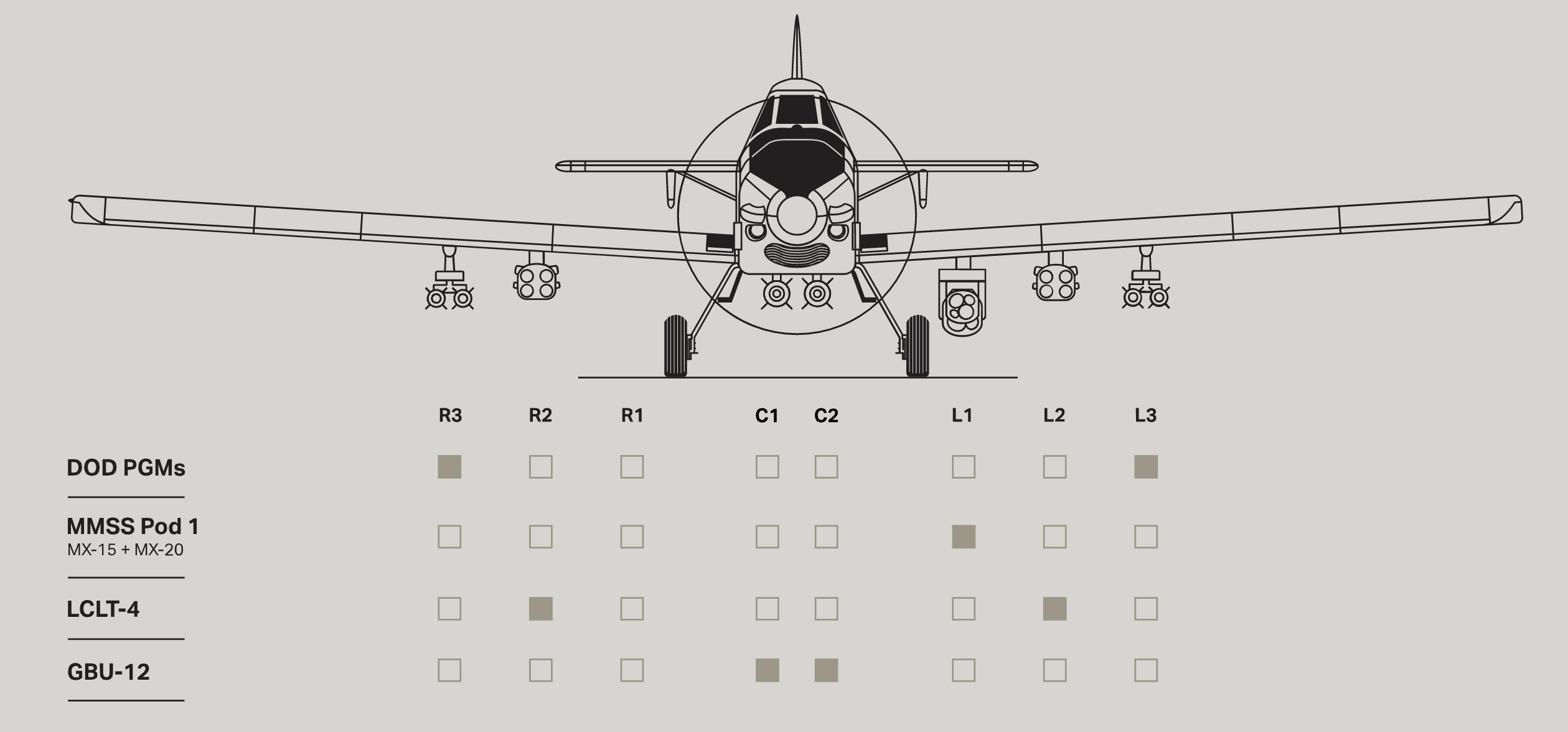
The manufacturers also advertise a ‘maximum strike load,’ in which the aircraft is fitted with the MMSS Pod 1, four undisclosed precision-guided missiles (apparently AGM-114 Hellfire missiles), two apparent four-round Common Launch Tube (CLT) pods, and two 500-pound GBU-12 laser-guided bombs. The CLT interface can be used to launch different precision-guided munitions, including the GBU-69/B Small Glide Munition (SGM) glide bomb and AGM-176 Griffin missile, as well as Coyote unmanned aircraft.
Less clear are the kinds of defensive systems that would be provided, although they would likely be fairly extensive, with a particular focus on protection against man-portable air defense systems, or MANPADS. Air Tractor Inc. makes reference to the ability of the aircraft to receive optional AN/AAR-47 missile warning system and AN/ALE-47 countermeasures launchers, “or other systems as desired.”
It’s worth noting that L3 Harris and Air Tractor could also market the AT-802U to other customers, including foreign armed forces, that might be interested in the capabilities it has to offer. Already, the manufacturers identify the U.S. State Department and the United Arab Emirates as customers for the AT-802, and other iterations of the basic Air Tractor design have also found military applications.
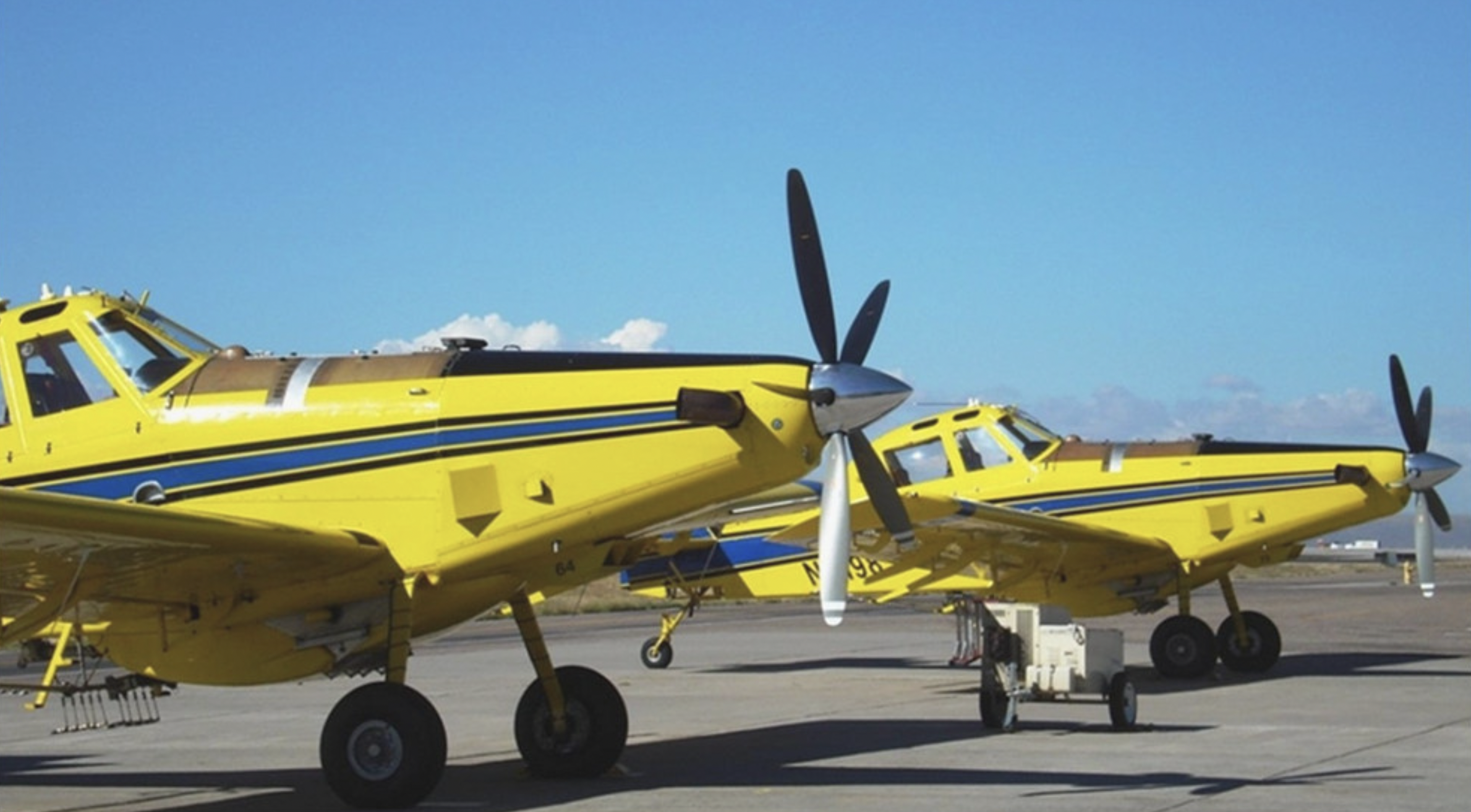
There could still be hurdles ahead for SOCOM’s AT-802U plans, however. Congress has not always been convinced, in the past, of the need for the Armed Overwatch program, including refusing to fund procurement in the fiscal 2021 National Defense Authorization Act. Congress did, however, allow the flying demonstration to go ahead.
In its defense, SOCOM has pointed to the versatility of the Armed Overwatch concept as well as the promised cost savings. Earlier this year, Lt. Gen. Slife told lawmakers that the new aircraft would cost “something less than $10,000” per flying hour, compared to over $150,000 for a traditional multi-type “air stack.”
Meanwhile, U.S. special operators have long had a desire for an organic, low-cost, manned light attack aircraft capability to support their missions below permissive airspace and to work closely with ground troops near the forward edge of the battle area. A production contract for Armed Overwatch puts that ambition back on track.
And, with the Air Force’s plans to retire the A-10 and MQ-9 looking increasingly likely to succeed, it could be that the demand for an aircraft in the Armed Overwatch category only becomes greater in the future.
Contact the author: thomas@thedrive.com
